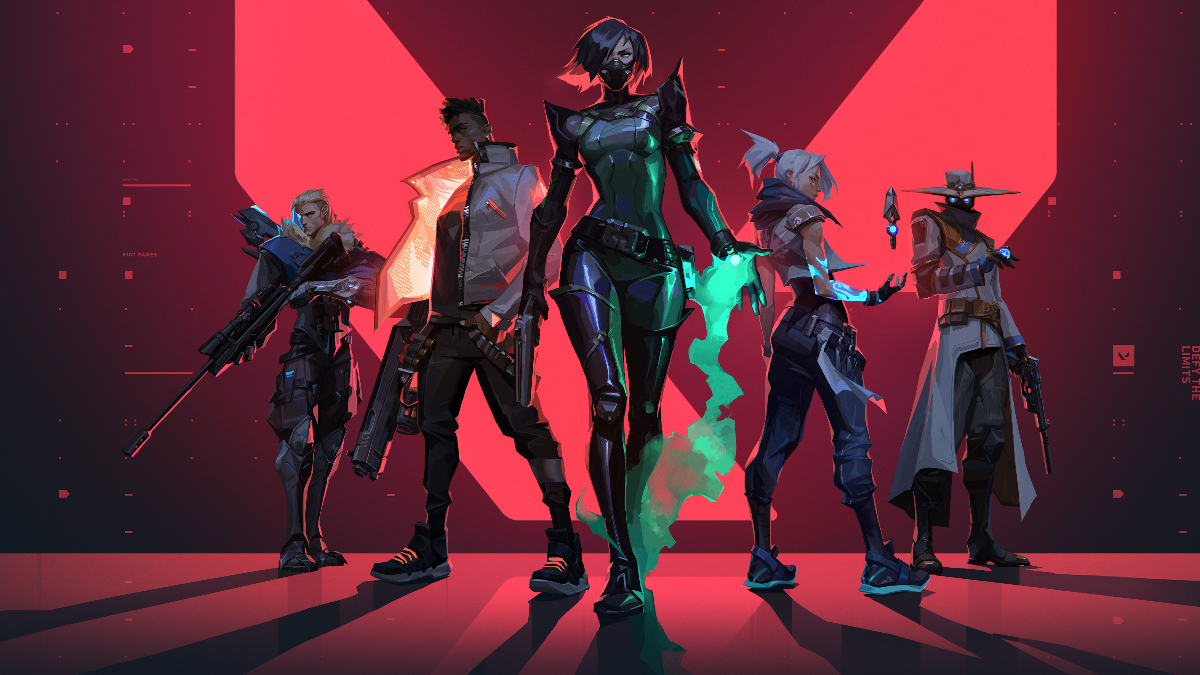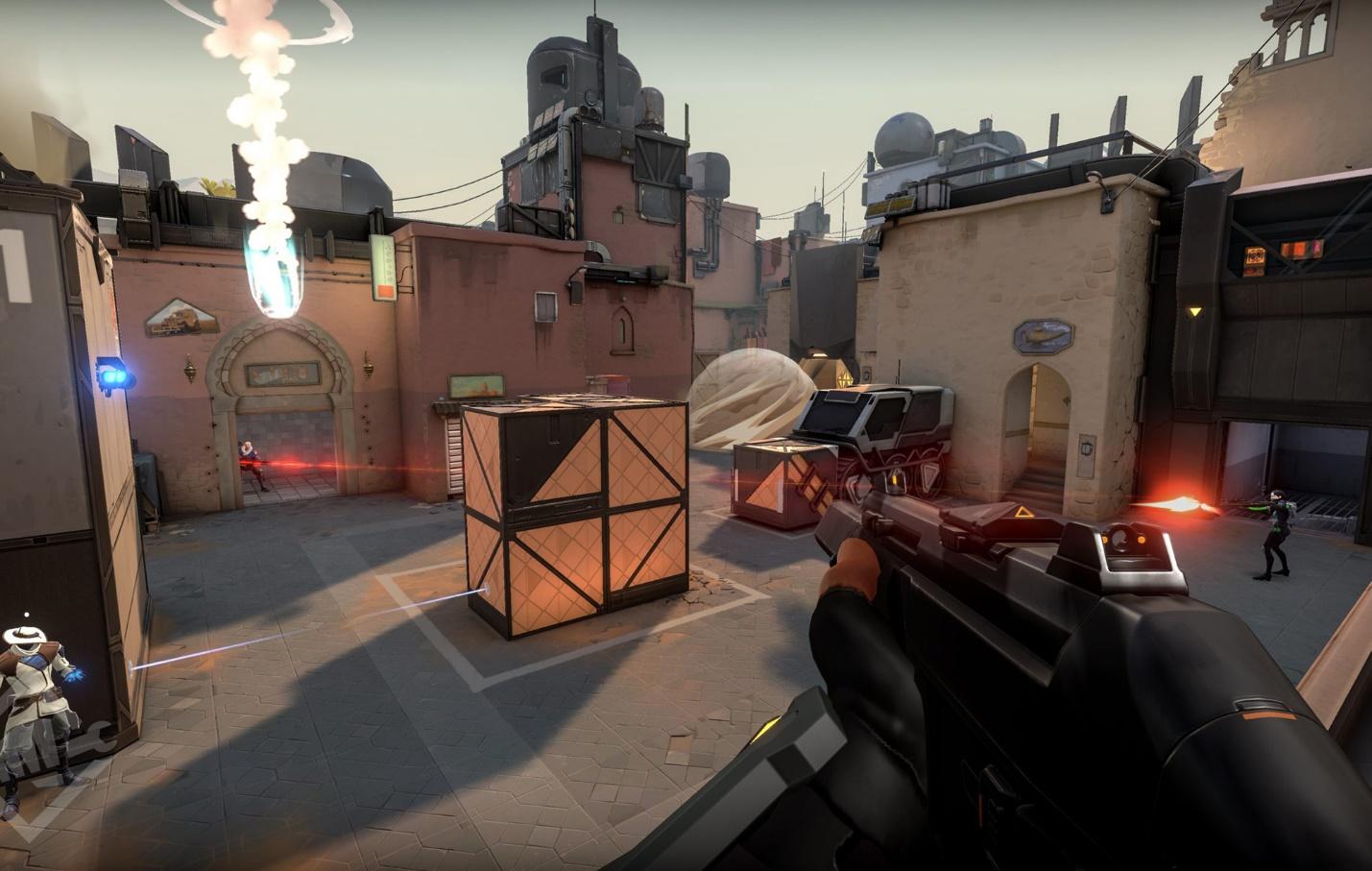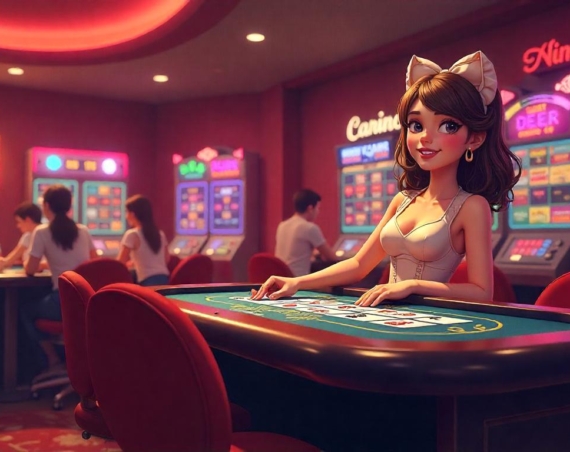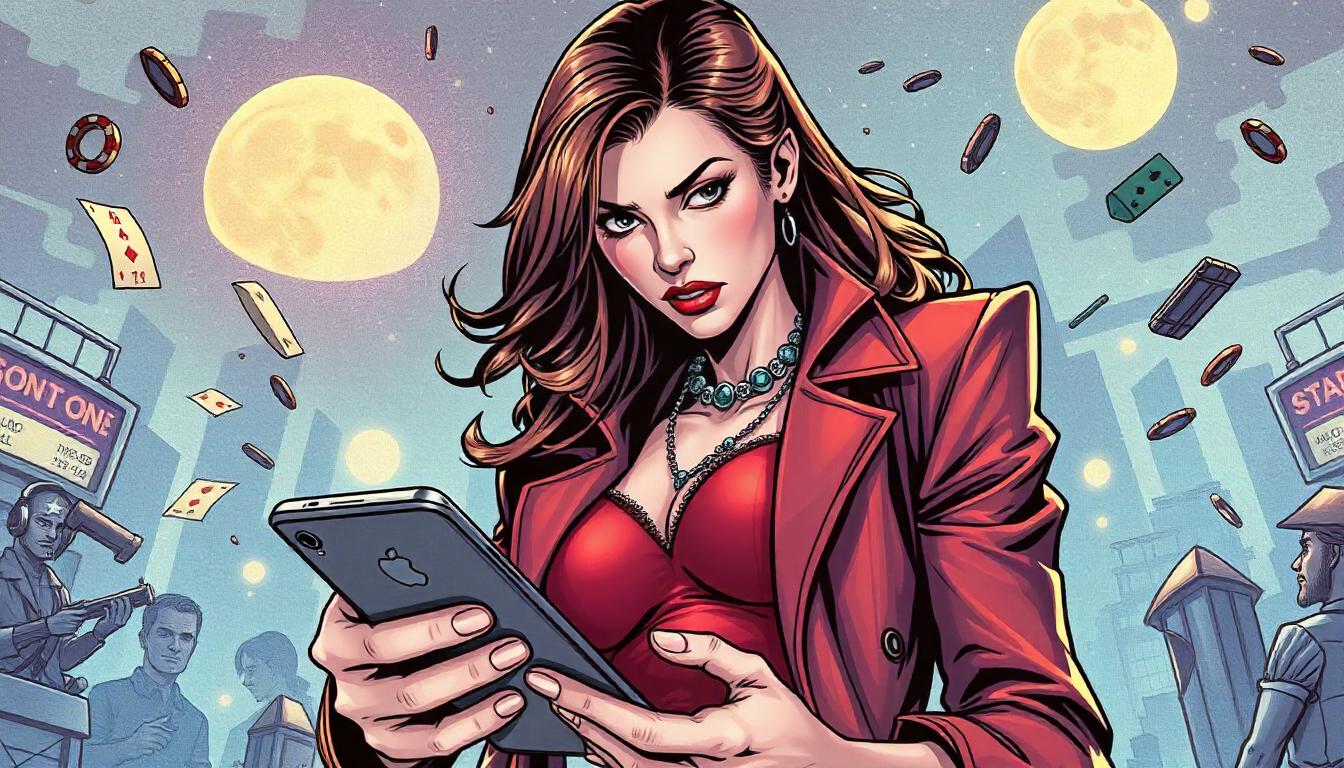
The popularity of Valorant is through the roof. Many had thought Riot Games’ FPS title won’t live up to its expectations, but two years following its launch have made clear that it’s nothing but a huge success. Granted, the game is not yet at the level of CSGO, but it’s getting there… slowly but surely.
Even though Valorant and CSGO are rather similar, there are a few tactical caveats that feel like added extras in Riot Games’ competitive title. You see, Valorant has 19 agents at the moment separated into several roles such as duelist, initiator, sentinel, and so on.
Each agent has unique abilities which contribute in different ways. Professional teams understand the importance of proper agent setups, though they’re fairly important in the game’s competitive game mode too.

Winning with five duelists is viable in lower skill levels… but try to do it in Diamond and above and you’ll get your a** whooped in a jiffy.
Types of Agents in Valorant
Before going any further, here’s a look at the types of agents in Valorant:
- Duelists – their task is to win team fights and deal maximum damage with their abilities
- Controllers – their task is to control the team fight and prevent opponents from joining them
- Sentinels – their task is to ensure perimeter defense and annihilate flanks
- Initiators – their task is to initiate team fights with their crowd-control abilities
Why Does Team Composition Matter in Valorant?
Let’s put it this way – team composition in Valorant is pretty much the same as team composition in League of Legends. Perhaps it’s not that important, but it’s not far away from LoL either.
Here are the three main reasons why team composition matters so much in Valorant:
Smoking
Omen and Brimstone are two of the best smokers in the game right now. Their ability to control the map, close choke points, and eliminate potential points of danger are their key virtues. When teams don’t have smokers, they are open to enemy fire, easy to counter, and won’t have favorable post-plant scenarios. That’s why you always need at least one top-tier smoker to close a match out and run away with the W.
Healing
This one goes without saying, really. If your team doesn’t have a single healer, you will have issues in post-trade situations. Skye is hands down the best healer in the game. But, Sage is not to be taken for granted either. Not because of her individual healing ability (because Skye can heal the entire team but herself), but because of her ultimate ability which allows her to resurrect a fallen teammate.
Competitive Advantage
In the world of competitive Valorant, you’ll always see a properly distributed team composition. If you’re interested in betting on Valorant, you’ll need to analyze teams’ compositions and the way they stack up against each other on certain maps. This is the only way to improve the consistency of your Valorant betting slips.
Examples of Good Valorant Team Compositions
Here are two good examples of viable Valorant agent compositions in the current competitive meta:
First Composition Example
- Jett
- Sova
- Skye
- Viper
- Kayo
Jett is a rather versatile duelist. She’s capable of dashing into enemies and surprising them with a combination of her ultimate and shotguns. She’s even capable of smoking for quick pushes and plants. Still, this Valorant team composition needs an additional smoker and that’s where Viper’s abilities come into play.

Moving on with the comp, Sova is there to recon and pick enemies off from a distance. Skye is the designated healer but also serves as an initiator in this agent setup. Kayo can initiate too; this team comp can push both sites simultaneously with Skye and Kayo too. This team comp has lots of versatility and is viable across the entire competitive spectrum.
Second Composition Example
- Fade
- Kayo
- Chamber
- Sage
- Omen
Fade’s role in this team composition is to recon, catch lurkers, and ensure her team has a competitive advantage should it come to a team fight. Kayo is there to annihilate opponents’ abilities and prevent them from pushing with smokes and flashes, while Omen’s primary purpose is to blind and confuse them.
Chamber can be used for all sorts of things, but mainly to prevent flanks and pose a threat with his gun arsenal. Sage doesn’t need a further introduction – she’s not just there to heal and revive but to slow down enemy movement and cut them off with her walls.
Wrapping Things Up
Without a proper agent composition, consistently winning Valorant matches won’t be an easy task. You need good teammates who can play the right positions that can function with your pick. That’s the only way you’ll be able to climb up the competitive Valorant ladder.




